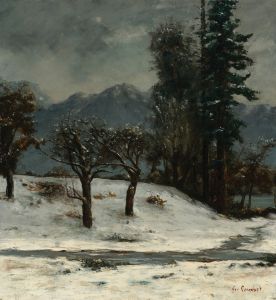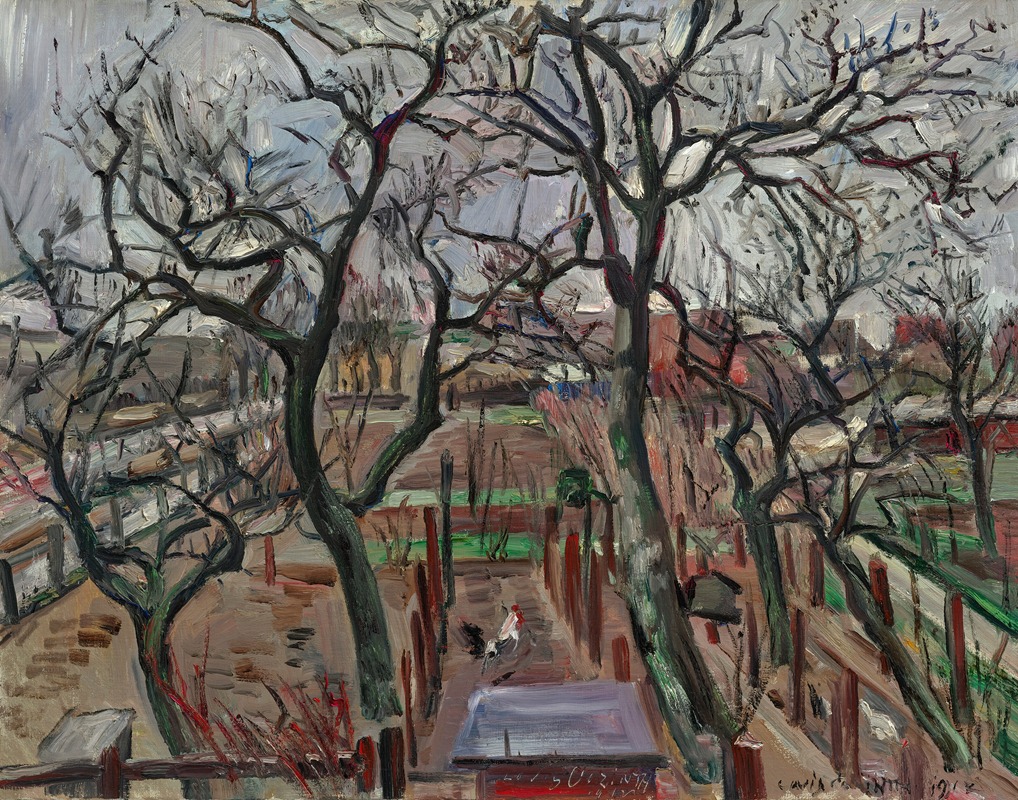
Obstgarten im Winter
A hand-painted replica of Lovis Corinth’s masterpiece Obstgarten im Winter, meticulously crafted by professional artists to capture the true essence of the original. Each piece is created with museum-quality canvas and rare mineral pigments, carefully painted by experienced artists with delicate brushstrokes and rich, layered colors to perfectly recreate the texture of the original artwork. Unlike machine-printed reproductions, this hand-painted version brings the painting to life, infused with the artist’s emotions and skill in every stroke. Whether for personal collection or home decoration, it instantly elevates the artistic atmosphere of any space.
Lovis Corinth was a prominent German painter and printmaker, known for his significant contributions to the transition from Impressionism to Expressionism in the late 19th and early 20th centuries. One of his notable works is "Obstgarten im Winter" (Orchard in Winter), which exemplifies his mature style and his ability to capture the essence of a landscape through his unique approach to color and form.
"Obstgarten im Winter" was painted in 1909, a period when Corinth was at the height of his artistic powers. This painting reflects his fascination with nature and his ability to convey the mood and atmosphere of a scene. The work depicts a winter landscape, specifically an orchard, which is rendered with a sense of immediacy and vitality that is characteristic of Corinth's later work.
In this painting, Corinth employs a vibrant palette, even in the depiction of a winter scene, which traditionally might be associated with more subdued colors. The use of bold brushstrokes and dynamic composition brings a sense of movement and life to the otherwise dormant winter landscape. The trees in the orchard are depicted with a sense of structure and rhythm, their bare branches creating intricate patterns against the winter sky. The snow-covered ground is not merely white but is infused with subtle hues that suggest the interplay of light and shadow.
Corinth's technique in "Obstgarten im Winter" demonstrates his mastery of color and form. His brushwork is expressive, and he uses it to convey the texture of the snow and the bark of the trees. The painting captures the quiet beauty of a winter day, evoking a sense of tranquility and reflection. This work is a testament to Corinth's ability to find beauty in the natural world, even in its most subdued and quiet moments.
The painting also reflects Corinth's personal journey as an artist. By 1909, he had moved away from the more academic style of his early career and embraced a more expressive and individualistic approach. This shift is evident in "Obstgarten im Winter," where the emphasis is on the emotional resonance of the scene rather than a strict adherence to realistic representation. Corinth's work during this period is often seen as a bridge between the Impressionist focus on light and atmosphere and the Expressionist emphasis on emotion and subjective experience.
"Obstgarten im Winter" is housed in a private collection, and as such, it is not as widely accessible as some of Corinth's other works. However, it remains an important piece within his oeuvre, illustrating his development as an artist and his contribution to the broader movements of Impressionism and Expressionism. Corinth's ability to capture the essence of a scene with such vibrancy and emotion continues to be celebrated, and "Obstgarten im Winter" is a fine example of his artistic legacy.





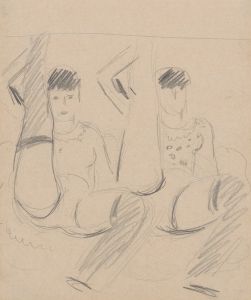
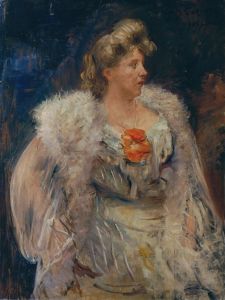

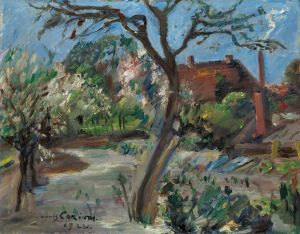

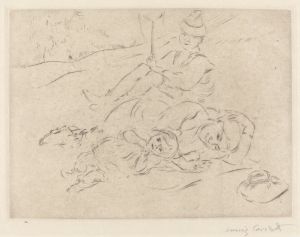
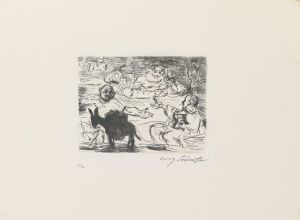
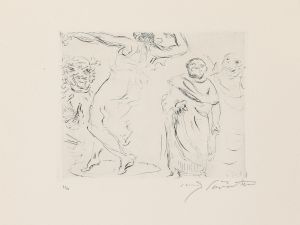
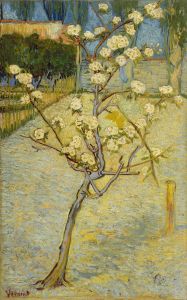
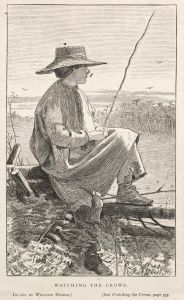

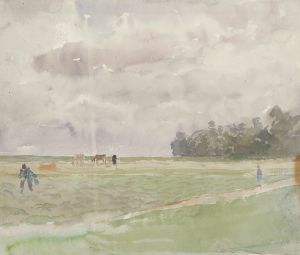
![Altweibersommer [Indian summer]](/imgs/256637/s/marie-egner-altweibersommer-indian-summer-70bbb3ad.jpg)
